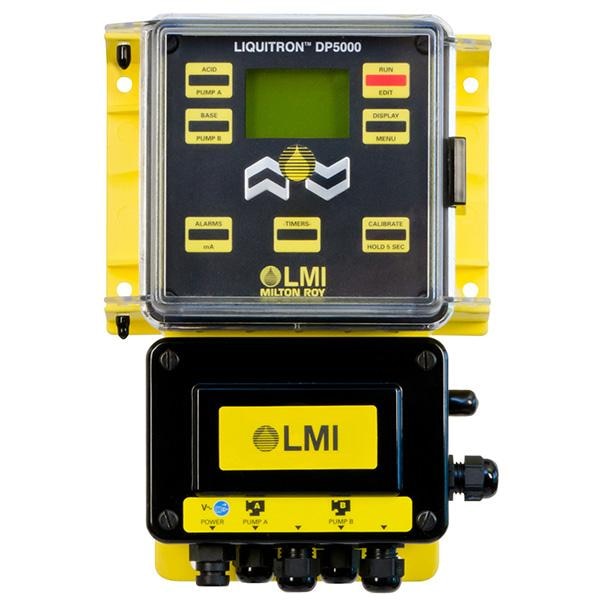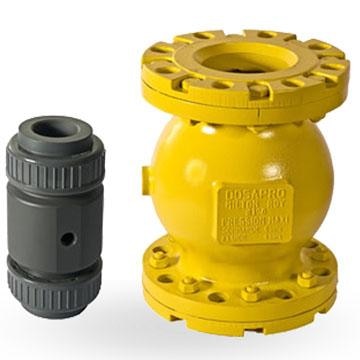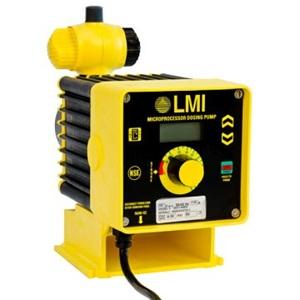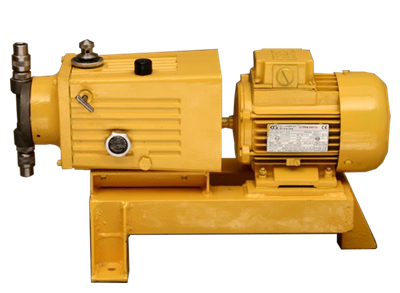Description
Product details
Types of Combustible Dust and Tests The Combustion Test Lab tests a wide variety of dusts, including but not limited to: - Metals - Plastics - Polymers - Organics - Chemicals - Grain - Coal - PVC - Sugar - Coffee - Starch - Paper - Wood - Sulfur Our combustible dust tests - Explosibility Screening Test (20 L and 1 m3) – determines potential for combustion. - Dust Explosibility Test (20 L and 1 m3) – determines Pmax, dp/dtmax, and KST; measures potential explosion severity of a fuel-air mixture. - Limiting Oxidant Concentration – determines limiting oxidant concentration at elevated temperature and pressure. - Minimum Ignition Energy for Dusts – determines lowest spark energy required to initiate a dust explosion; assesses relative sensitivity of the sample to ignition by electrical sparks. - Minimum Dust Layer Ignition Temperatures – determines minimum temperature at which a dust layer will ignite when exposed to a heated surface; provides a relative measure of dust ignitability. - Particle Size Analysis – determines particle size distribution of test sample along with statistical measurements (mean, median and mode). You May be Storing Combustible Dusts – NFPA 652 Compliance The new combustible dust standard NFPA 652 mandated full compliance by October 2018. Are you compliant to the new code? The first step toward compliance of NFPA 652 is to perform a combustible dust test of your facility’s processing dust. If the results are positive, a dust hazard analysis (DHA) is then required, which will identify the most susceptible equipment and effective solutions.














